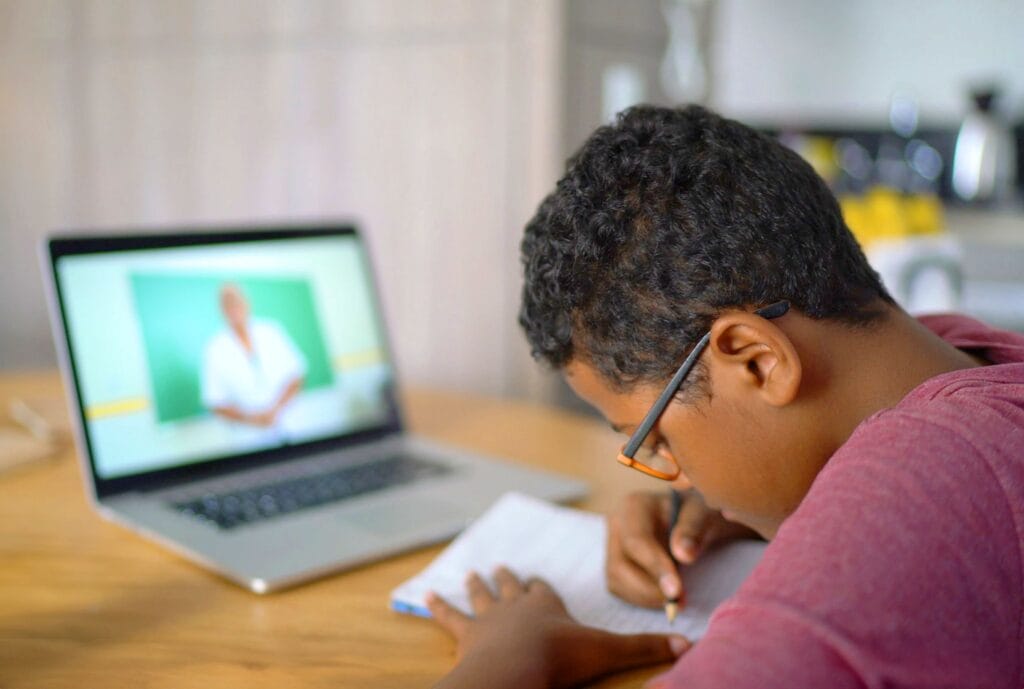Special education teacher shortages are occurring in public school districts nationwide—as the number of teachers entering the field decreases, the number of students identified with disabilities increases. In a recent podcast episode of What I Want to Know, professor of special education Kimber Wilkinson explains how more than 7.5 million U.S. students qualify for individual education plans. Yet 65% of public schools report being understaffed in special education. While parents are considering the best options for their children, one online education provider may have a solution to the shortage.
Introducing K12
Schools powered by K12, a leading online learning provider for 25 years, have a high retention rate of special education teachers. Many develop close relationships with students and their families and enjoy teaching in a flexible online environment. Even so, K12-powered schools have also experienced special education teacher shortages, primarily due to the growth of the student body (or student population) they serve.
What’s the solution?
K12 had to get creative to address special education teacher shortages in the states they serve. Since K12-powered teachers work remotely and some states allow teachers to hold licenses in multiple states, K12 asked a group of approximately 15 teachers to obtain special education teacher licensure in three to five states. These teachers underwent training to ensure they were prepared to provide quality online special education instruction. After this, they could move between schools throughout the year to support different schools experiencing a shortage. Primarily, they serve as substitutes between when a school posts an open teaching position and when it is filled.
How can this be applied to the traditional brick-and-mortar experience?
Districts could replicate this solution in brick-and-mortar schools. They could hire certified and trained special education teachers who work remotely to provide virtual instruction to students in physical classrooms, or K12 can assist these districts by supplying remote substitute teachers. This way, they could provide specially designed instruction to small groups or one-to-one according to each student’s individualized education plan (IEP).
Learn more about how K12 online schools serve a variety of learners.






